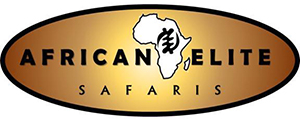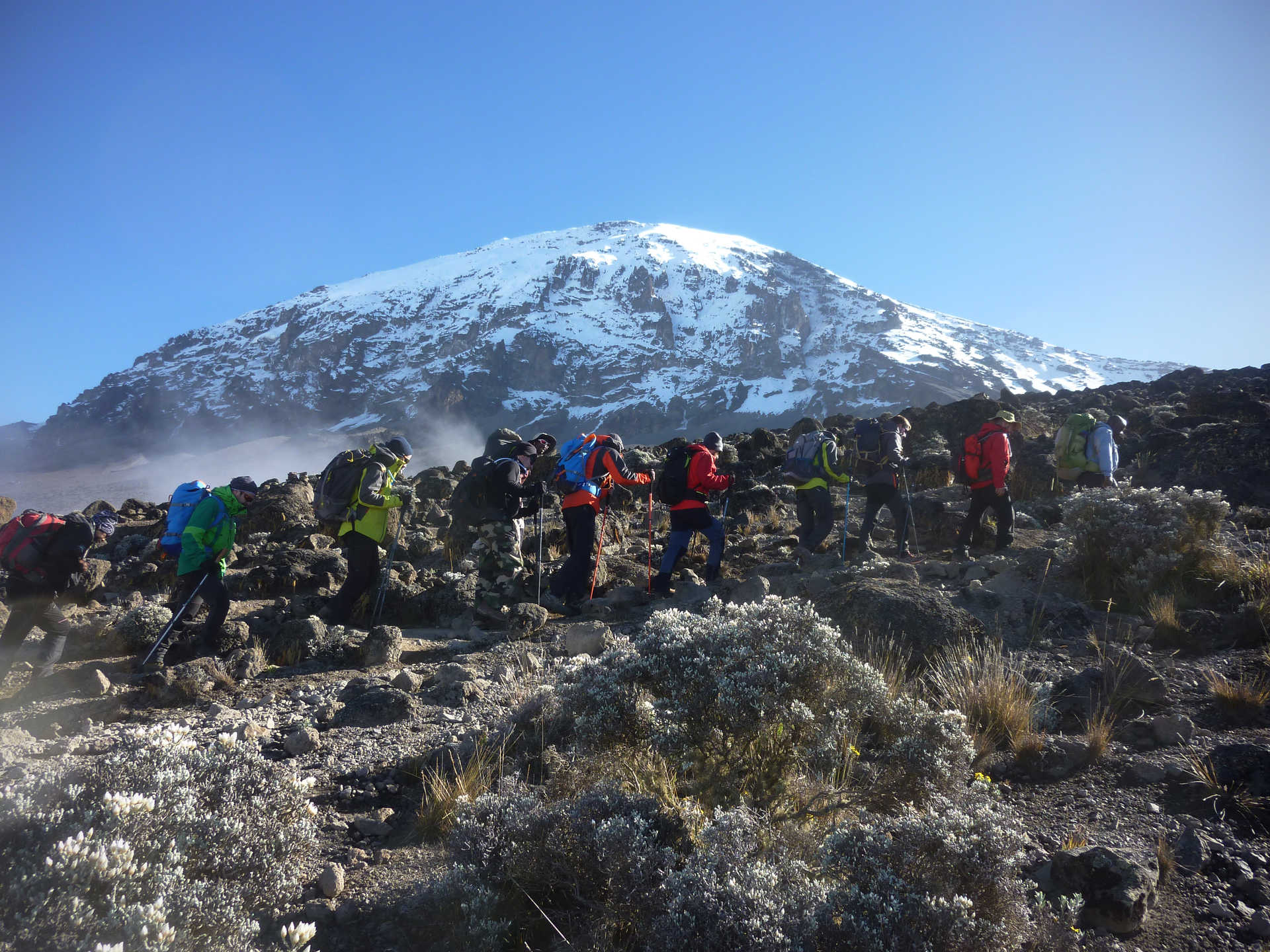Mount Kilimanjaro
Mount Kilimanjaro is not only the highest peak in Africa but also one of the most famous mountains in the world. Towering at 5,895 meters (19,341 feet), Kilimanjaro stands as a majestic and iconic symbol of Tanzania, attracting adventurers, trekkers, and nature lovers from all corners of the globe.
Key Facts about Mount Kilimanjaro:
1. Location and Geography
- Mount Kilimanjaro is located in northeastern Tanzania, near the town of Moshi and about 300 kilometers (186 miles) south of the equator.
- Kilimanjaro is a freestanding mountain, meaning it isn’t part of a mountain range but rises from the surrounding plains. This makes it even more dramatic and striking in appearance.
2. The Three Volcanic Cones
- Kilimanjaro is actually made up of three volcanic cones:
- Kibo: The highest cone and the site of the summit, Uhuru Peak (5,895 m). This is where climbers aim to reach.
- Mawenzi: The second-highest cone, standing at 5,149 meters (16,893 feet). It’s much more rugged and not typically climbed due to technical difficulty.
- Shira: The third cone, which is now extinct. It’s the lowest of the three at 3,962 meters (12,999 feet) and is often not included in most climbers’ routes.
3. Climate Zones and Ecological Diversity
- Kilimanjaro offers an astonishing variety of ecosystems due to its wide range of altitudes, and you’ll experience different climate zones as you ascend:
- Cultivated farmlands: The lower slopes of Kilimanjaro are covered with farms growing crops like bananas, coffee, and maize.
- Rainforest: Above the farmlands, the lower reaches of the mountain are lush with tropical rainforest, home to monkeys, birds, and a rich variety of plants.
- Heather and moorland: Higher up, the landscape transitions into alpine meadows, characterized by giant heathers, lobelias, and senecios.
- Alpine desert: As you approach the summit, the landscape becomes barren and harsh, with few plants or animals, creating an otherworldly, high-altitude desert environment.
- Arctic zone: The highest part of Kilimanjaro, where snow and glaciers are still found (although they are rapidly retreating).
4. Climbing Kilimanjaro
- Climbing Kilimanjaro is considered one of the easier “high” summits to conquer, compared to other mountains like Mount Everest or Mount Denali, primarily because it doesn’t require technical climbing skills (no ropes, ice axes, etc.). However, it’s still a serious and physically demanding challenge.
- There are several routes to the summit, each offering a different experience:
- Marangu Route (Coca-Cola Route): The easiest and most popular route, offering hut accommodations. However, it’s considered less scenic and has a higher rate of altitude sickness due to the rapid ascent.
- Machame Route (Whiskey Route): More scenic and challenging, with camping along the way. This route is popular for trekkers who want a longer and more varied experience.
- Lemosho Route: Known for its beautiful scenery and lower altitude gain, Lemosho is one of the newer routes and is considered one of the best in terms of acclimatization and panoramic views.
- Rongai Route: This route approaches Kilimanjaro from the northern side, making it quieter and offering a different perspective of the mountain.
- Northern Circuit: The longest and least crowded route, it gives trekkers more time to acclimatize, making it a great choice for a safer ascent.
5. Climbing Time
- The ascent usually takes between 5 and 9 days, depending on the route. Shorter itineraries are possible, but taking longer to climb allows for better acclimatization, reducing the risk of altitude sickness.
- Summit Day: The final push to Uhuru Peak typically starts around midnight and involves a steep, cold climb to reach the summit at sunrise. It’s often a grueling, exhausting trek, but reaching the summit is an unforgettable experience.
6. Altitude and Health Considerations
- Altitude sickness (AMS) is a significant risk on Kilimanjaro. As climbers ascend to higher elevations, the air becomes thinner, and oxygen levels drop, which can lead to symptoms like headaches, dizziness, and nausea.
- To prevent AMS, it’s essential to ascend slowly to allow your body to acclimatize, stay hydrated, and listen to your guide’s advice.
- Proper physical fitness is important, but climbers don’t need to be elite athletes. Most trekkers with moderate fitness levels can successfully reach the summit if they take their time and prepare properly.
7. Best Time to Climb
- Dry season (June to October and December to February) is the best time to climb Kilimanjaro, as the weather is more predictable, with clear skies and less rain.
- Rainy season (March to May) should generally be avoided, as it can make trails slippery and increase the risk of altitude sickness.
- The dry season is also when the summit is most accessible, but temperatures can be extremely cold at the summit, even in the dry season, so you’ll need to come prepared with proper gear.
8. Wildlife
- While the focus of climbing Kilimanjaro is the mountain itself, the surrounding Kilimanjaro National Park offers a range of wildlife, including:
- Monkeys: Colobus monkeys and blue monkeys are often spotted in the lower forested areas.
- Birds: Kilimanjaro is home to many bird species, including eagles, sunbirds, and hornbills.
- Other animals: While wildlife is sparse at the higher altitudes, animals like buffalo, elephants, and giraffes can be seen in the lower slopes and the surrounding Moshi region.
9. Conservation and Challenges
- Kilimanjaro faces environmental pressures, such as glacier retreat (the glaciers are shrinking rapidly due to climate change), deforestation (from agriculture), and pollution from climbers. Efforts are underway to combat these issues, including sustainable tourism practices and conservation initiatives.
- The Tanzanian government works closely with tour companies and environmental organizations to protect the mountain’s ecosystems.
10. How to Get There
- The closest town to Mount Kilimanjaro is Moshi, located about an hour from the park entrance. Arusha, a larger city, is also nearby and serves as a common starting point for safaris and treks.
- Kilimanjaro International Airport (JRO) is the nearest airport, about 45 minutes from Moshi and a 1.5-hour drive from Arusha.
Why Climb Kilimanjaro?
Mount Kilimanjaro is an unforgettable experience. Reaching the summit rewards you not only with the sense of accomplishment from standing at the top of Africa but also with a unique adventure across multiple ecosystems, climates, and terrains. The stunning views, the physical challenge, and the sheer beauty of the landscapes make Kilimanjaro a bucket-list destination for trekkers and adventure lovers alike.
Whether you’re after the challenge of the climb or the chance to witness some of the world’s most incredible panoramas, Mount Kilimanjaro promises a journey unlike any other.

